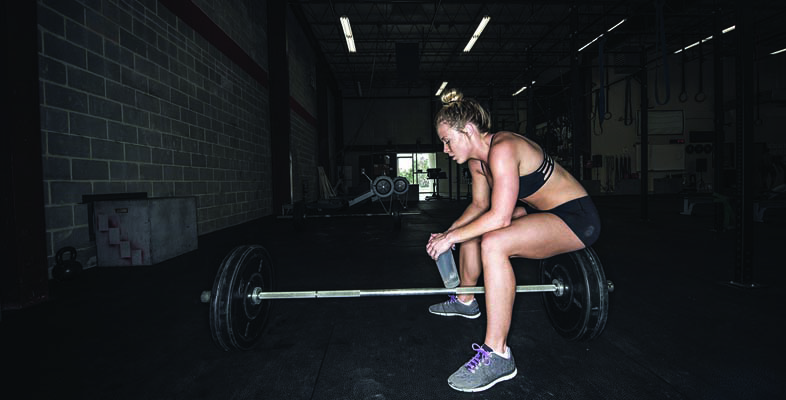2 Recovery strategies: what is the best way to recover?
The process of recovery is no longer simply a matter of resting. Sport and exercise participants now use a wide range of strategies to enhance their recovery. In the next activity you will think about a strategy you used.
Activity 2 How do you recover?
Take a few minutes to reflect on your own use of recovery strategies. Think about what recovery strategies you have used in the past to aid your recovery and then select one and consider:
- a.why you used it (e.g. what did you think the potential benefits were, did you see someone else using it?), and
- b.how effective you think it was.
If you haven’t used any recovery strategies yourself, think about those that you have seen other sport and exercise participants use, or refer to this Sports Scotland recovery guide [Tip: hold Ctrl and click a link to open it in a new tab. (Hide tip)] which provides a useful overview.
Comment
There are a broad range of recovery strategies available to sport and exercise participants such as ice baths, cryotherapy chamber, heat, massage, compression clothing, nutrition, hydration, sleep, relaxation techniques, stretching, electromuscular stimulation, and analgesics (e.g. ibuprofen).
There are several reasons why you may have chosen to use a particular recovery strategy. For example, you may have seen it used by other participants, heard about it in the media, or read a journal article about it. It is important to consider why a particular recovery strategy is used and how it made you feel, as at this level of study it is essential to be able to critically evaluate strategies.
Critically evaluating a strategy is an important skill. The first stage of the critical analysis process is to understand the science and theory behind a particular strategy and its impact. The next stage of critical analysis would be to analyse the supporting research.
In the next section we will look at some examples of recovery strategies used by elite athletes and will begin to critically examine how effective these strategies are.
